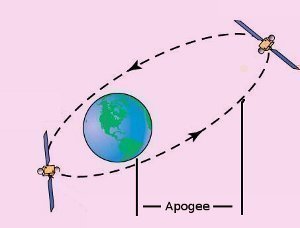Apogee
Apogee is a term used to describe the point at which a satellite or object in orbit is at its furthest distance away from the Earth. When an object is at its apogee, it travels much slower than at any other point in its orbit because the Earth has less of a pull on it. By knowing an object’s apogee, scientists can calculate the total distance the object will travel around the Earth and whether it is getting closer or further away from the Earth upon each orbit.
How Apogee Works
Orbits typically have a low point and high point in relation to their source because objects in orbit must reach a certain velocity in order to escape the source’s gravitational force. While some objects may escape their source’s gravitational force enough to have a more circular orbit, known as parabolic and hyperbolic orbits, most objects just barely escape their source’s initial gravity and are flung outward horizontally. When the object reaches its terminal velocity, the point at which it is no longer accelerating, the source pulls the object back towards itself, where it will follow the same orbital path.
Applications
Apogee is used in several applications, all of which relate to astronomy. For example, apogee is used to guide rockets, artificial satellites, and other spacecraft along an appropriate orbit around the Earth or other planets. Apogee is also used to calculate the future orbits of dangerous space debris, such as asteroids, in order to determine if and when they will ever come in contact with the Earth.
Advantages
Apogee is advantageous because it allows scientists to predict where objects in space will be in the future and how fast they are traveling at any given point. While apogee can refer to objects on Earth that “orbit” another object, the term does not have the same meaning because the same amount of gravity affects all objects on the Earth.


Comments - No Responses to “Apogee”
Sorry but comments are closed at this time.